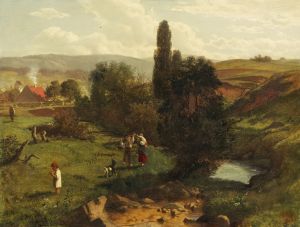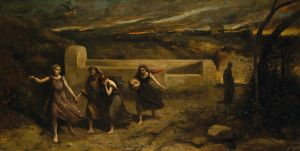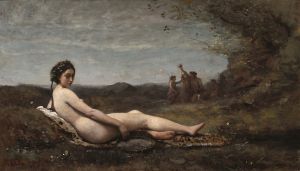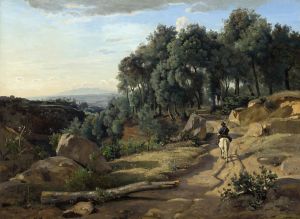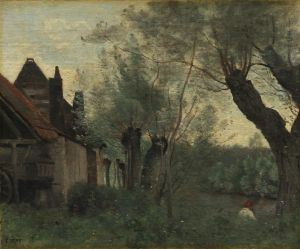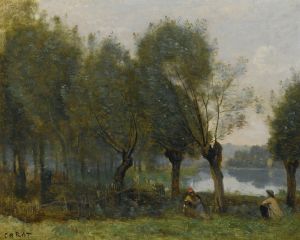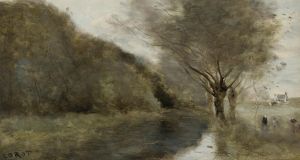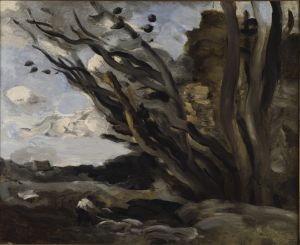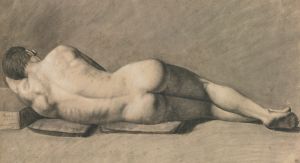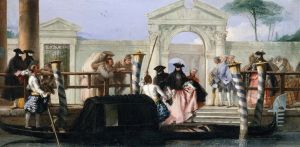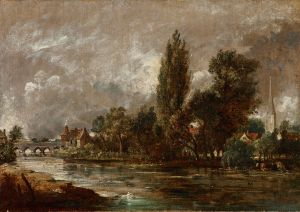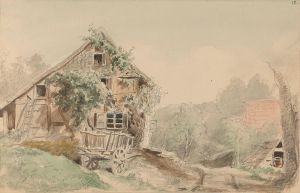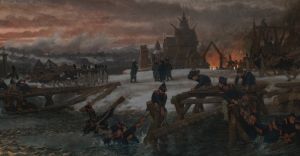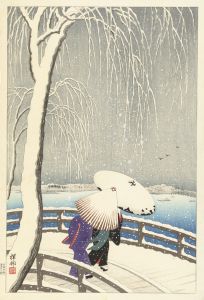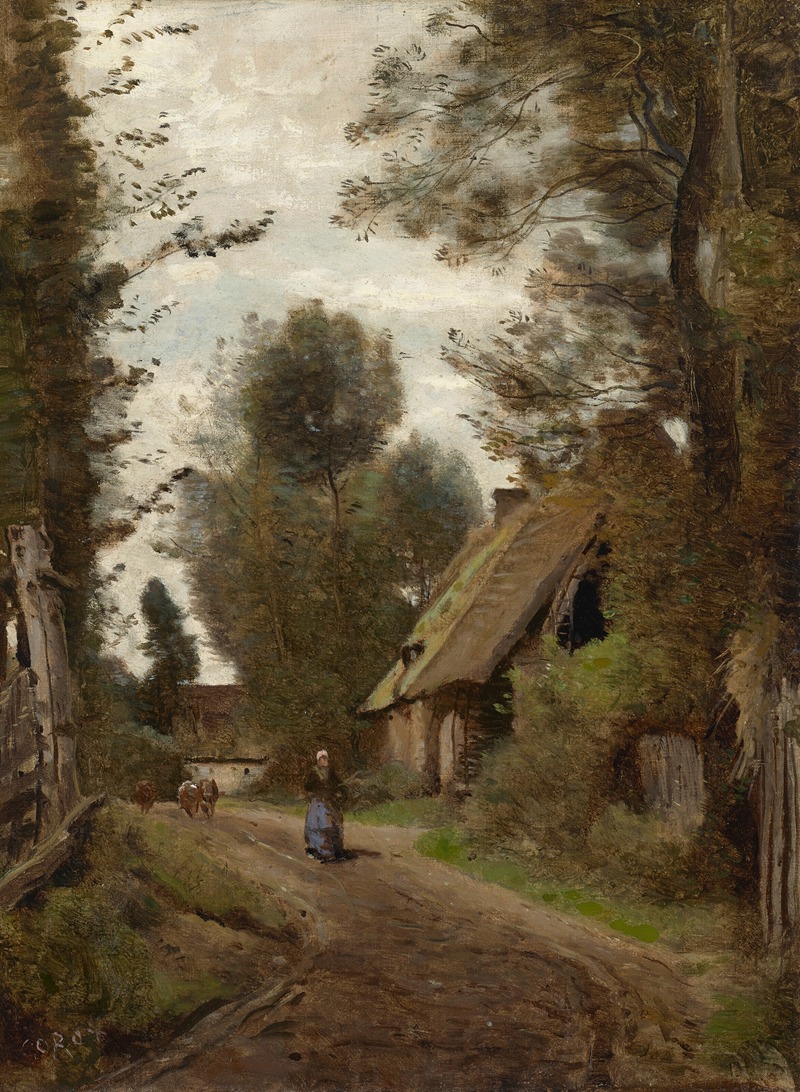
Saint-Quentin-des-Prés , près de Gournay-en-Bray
A hand-painted replica of Jean-Baptiste-Camille Corot’s masterpiece Saint-Quentin-des-Prés , près de Gournay-en-Bray, meticulously crafted by professional artists to capture the true essence of the original. Each piece is created with museum-quality canvas and rare mineral pigments, carefully painted by experienced artists with delicate brushstrokes and rich, layered colors to perfectly recreate the texture of the original artwork. Unlike machine-printed reproductions, this hand-painted version brings the painting to life, infused with the artist’s emotions and skill in every stroke. Whether for personal collection or home decoration, it instantly elevates the artistic atmosphere of any space.
Jean-Baptiste-Camille Corot was a prominent French landscape painter and a pivotal figure in the transition from traditional Neoclassical painting to the innovations of the Impressionist movement. One of his works, "Saint-Quentin-des-Prés, près de Gournay-en-Bray," exemplifies his mastery in capturing the serene beauty of the French countryside.
Corot was born in Paris in 1796 and began his artistic career relatively late, around the age of 26, after working in his family's textile business. He studied under Achille-Etna Michallon and Jean-Victor Bertin, who were both proponents of the Neoclassical style. However, Corot's work gradually evolved to embrace a more naturalistic approach, focusing on the effects of light and atmosphere, which would later influence the Impressionists.
"Saint-Quentin-des-Prés, près de Gournay-en-Bray" is a landscape painting that reflects Corot's mature style. The painting depicts the tranquil village of Saint-Quentin-des-Prés, located near Gournay-en-Bray in the Normandy region of France. This area was known for its picturesque scenery, which attracted many artists of the time. Corot's choice of this location highlights his interest in capturing the essence of rural France.
In this work, Corot employs a soft, muted palette, a characteristic feature of his landscapes. The painting is marked by its delicate handling of light and shadow, which creates a sense of depth and atmosphere. Corot's brushwork is fluid and loose, allowing him to convey the gentle movement of the trees and the stillness of the water. This technique also imparts a dreamlike quality to the scene, a hallmark of Corot's later works.
Corot often painted en plein air, or outdoors, which was a relatively novel approach at the time. This method allowed him to observe and capture the changing effects of light and weather directly from nature. Although it is not definitively known if "Saint-Quentin-des-Prés, près de Gournay-en-Bray" was painted entirely on-site, Corot's practice of plein air painting undoubtedly informed his depiction of the landscape.
The composition of the painting is carefully balanced, with the village buildings nestled harmoniously within the natural surroundings. Corot's attention to detail is evident in the rendering of the architecture and the lush foliage, yet he avoids excessive realism, instead opting for a more evocative representation. This approach invites viewers to experience the tranquility and timelessness of the scene.
Corot's landscapes were highly regarded during his lifetime, and he received numerous accolades, including medals at the Paris Salon. His work was influential in shaping the development of landscape painting in the 19th century, bridging the gap between the classical traditions of the past and the emerging modernist tendencies. "Saint-Quentin-des-Prés, près de Gournay-en-Bray" is a testament to Corot's ability to capture the poetic beauty of the natural world, a quality that continues to resonate with audiences today.
In summary, "Saint-Quentin-des-Prés, près de Gournay-en-Bray" by Jean-Baptiste-Camille Corot is a quintessential example of the artist's landscape painting. Through his masterful use of light, composition, and brushwork, Corot creates a serene and evocative depiction of the French countryside, reflecting his significant contribution to the evolution of landscape art.





